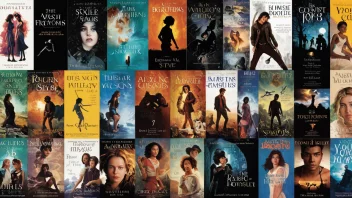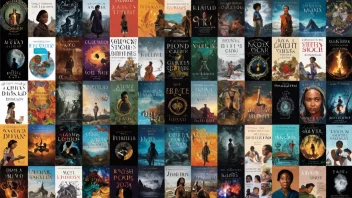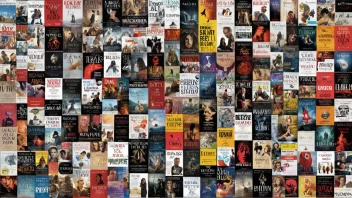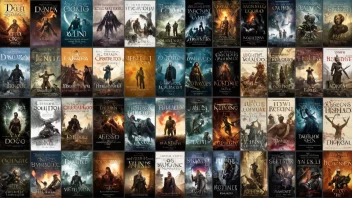In an imaginative conversation with our fictional expert, Emily Storyteller, a renowned children’s literature specialist and avid advocate for family reading time, we explore the enriching world of children’s books that foster family bonding. Emily, with her extensive background in child development and literature, shares her thoughts on how books can be a bridge that connects families, igniting conversations and creating shared experiences.
Why Are Children’s Books Important for Family Bonding?
When asked about the significance of reading together as a family, Emily emphasizes, “Children’s books are not just stories; they are gateways to discussions, shared emotions, and memories. Reading together allows families to bond over themes that resonate with their lives, helping children feel understood and connected.”
Top Picks for Family Bonding
Emily suggests several titles that are perfect for family reading sessions. Here are her top recommendations:
- The Gruffalo by Julia Donaldson - A tale of cleverness and bravery that entertains and teaches valuable lessons.
- Where the Wild Things Are by Maurice Sendak - This classic explores imagination and emotions, perfect for sparking conversations about feelings.
- The Very Hungry Caterpillar by Eric Carle - A delightful story that introduces counting and the days of the week while celebrating transformation.
- Charlotte’s Web by E.B. White - Offers discussions about friendship, life, and death in a gentle manner.
- Goodnight Moon by Margaret Wise Brown - A soothing bedtime story that can become a cherished nightly ritual.
How to Make Reading a Family Tradition
Emily also shares tips on how to establish reading as a cherished family tradition:
- Set a Regular Reading Time: Create a specific time each day dedicated to reading, fostering anticipation and excitement.
- Choose Books Together: Allow children to have a say in what stories to read. This empowers them and enhances their interest.
- Discuss the Stories: Encourage conversations about the plot, characters, and themes to deepen understanding and connection.
- Act It Out: Bring stories to life by acting them out or creating related crafts, making the experience more interactive.
- Share Personal Stories: Relate the themes of the books to personal family experiences, enriching the emotional connection.
Addressing Challenges in Family Reading
While many families desire to read together, Emily acknowledges that distractions can hinder this precious time. She advises, “Designate a cozy reading space free from distractions, like screens and noise. Creating a comfortable atmosphere can significantly enhance the reading experience.”
Moreover, she suggests that parents should be patient. “Not every reading session will be perfect. Embrace the chaos and remember that the goal is connection, not perfection.”
The Role of Technology
In today’s digital age, technology often competes for children’s attention. Emily reassures parents, “Technology can be a tool for enhancing reading experiences. There are many interactive e-books and audiobooks that can be enjoyed as a family, but it’s crucial to balance this with traditional reading methods.”
Final Thoughts
As our conversation comes to a close, Emily reflects on the lasting impact of reading together. “The memories created during family reading time are invaluable. They nurture relationships, stimulate imagination, and cultivate a lifelong love of literature in children.” Engaging with children’s books is not merely an activity; it’s an opportunity for families to grow closer and explore the vast world of stories together.






